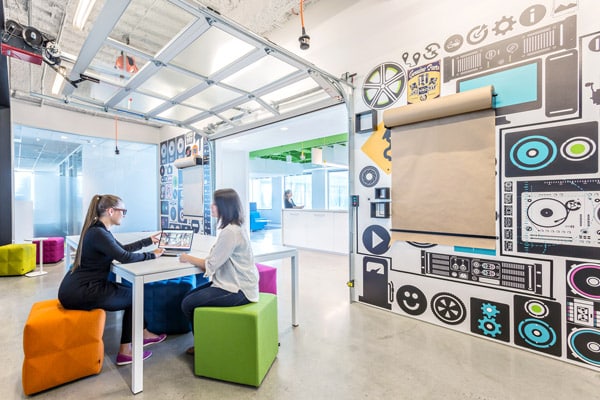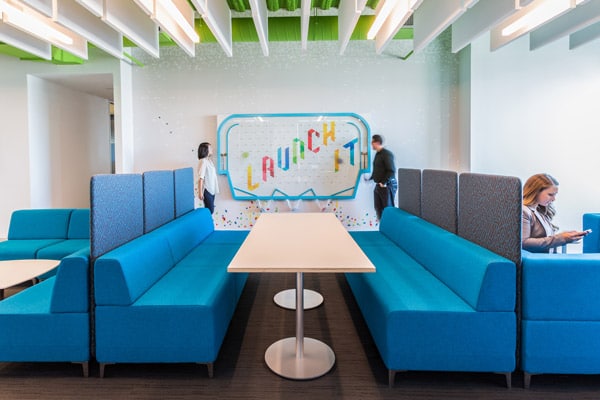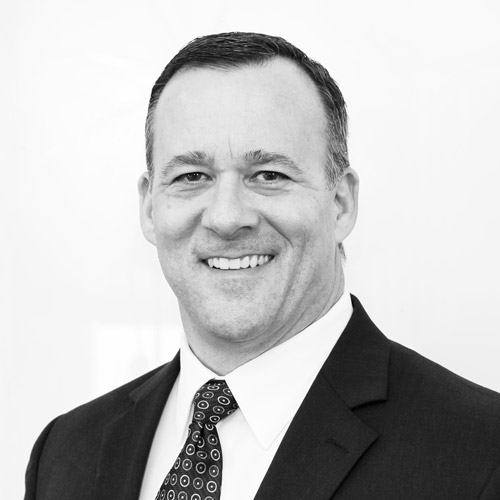When Jonathan Francom’s tenure at Adobe began, the company’s home offices in San Jose, California, were outdated. They were cold, corporate, and didn’t reflect the direction in which the company was heading. Since the organization’s inception 35 years ago, Adobe’s culture and innovative feel have transformed. That meant that the facilities and human resources functions had an opportunity to reflect that transformation through their space.
After joining as a hop-on from a previous acquisition, Francom has since created and transformed his role into vice president of employee and global workplace solutions. His objective is to attract and retain talent; to do so, he and his team craft attractive, optimized spaces that provide for the many needs of Adobe’s creative, collaborative, and innovative culture. That means there are private and open areas, spaces to meet and collaborate, and rooms like the library where employees can focus.

“We’ve updated our spaces globally, adding flexibility,” Francom explains. One wider trend, supported by data and with flexibility in mind, has been a greater investment in shared space over individual offices. “We found that many employees weren’t using their desks very much, so we made the decision to spend more on spaces where they can be collaborative or find quiet spaces when they need to. A lot more time, energy, and resources are invested in common space and variety.”
By focusing on creating spaces that employees would utilize often, the office stokes a healthy hum of activity among employees. “When you walk into a crowded restaurant and there’s a buzz of excitement, it’s a fun environment to be a part of,” Francom says. “That’s how we want our space to feel as well.”
Adobe’s salespeople, for example, are frequently offsite for meetings and events; that reduced office presence means that the sales team might not need one-to-one desk assignments. When the salespeople are all out, those vacant desks de-energize the office, so reducing and reassigning that space saves real estate and preserves the buzz.

Experience personnel are also playing with the future of meeting spaces at San Jose’s Lab 82, the name of which refers to the 1982 founding of Adobe by John Warnock and Charles Geschke. A sort of spatial skunkworks, the lab offers Adobe employees the opportunity to work among new furniture and technology solutions. Designers, for example, occasionally lend Adobe testing furniture in exchange for notes and usage data. Despite minimal advertisement, Lab 82’s reservation rates indicate that it has become a popular destination.
Another innovation that has Francom excited is a concept he calls “journey mapping.” He looks at how Adobe can shape and streamline the relationship-building process between the organization and its employees. How do employees experience the brand in their recruiting, interviewing, and onboarding? Who introduces them to their team and their workspace? How do they best become productive employees?
“In the past, I’ve mostly been focused on the efficiency of my team’s operations, and the workspace hadn’t focused as much on the experience that the employee has through our solutions,” he says. “Today, we’re looking at how better to map and improve that experience using interviews. We ask employees whether this efficiently run organization is creating a delightful experience. They shouldn’t be mutually exclusive.”

From there, Francom asks how Adobe can support its people through moments of personal or professional growth and transition. These “moments that matter,” like promotions or the birth of a child, are opportunities for the organization to demonstrate commitment to personnel and reaffirm that Adobe is a rewarding, valuable place to work. As an example, Adobe recently announced that birth moms will be able to take six months of maternity leave at full pay.
Francom notes that this is all a key part of building a diverse, inclusive workforce. “How can we make sure that we’re retaining employees in a way that allows them to integrate needs at home and at work?” he asks.
As for mapping promotions into management, the team is examining successful (or otherwise instructive) cases of advancement and seeking ways to enable those successes more widely. They find that elements of space, training, and technology all contribute to healthy, effective career advancements. As such, duplicating those conditions refines a set of journey-mapped best practices.
Adobe has since found myriad opportunities to implement these discoveries. The company is adding a fourth building to its San Jose campus for 3,000 additional seats, adding 1,400 seats in San Francisco, and doubling its footprint in Lehi, Utah, with an additional 1,000 seats. New expansions are also underway in Ireland, Poland, Germany, and elsewhere. At each site, on every floor, and around every corner is an opportunity to craft the future-ready workspaces needed for Adobe’s next phase.
Photos: Emily Hagopian/Courtesy of Adobe


